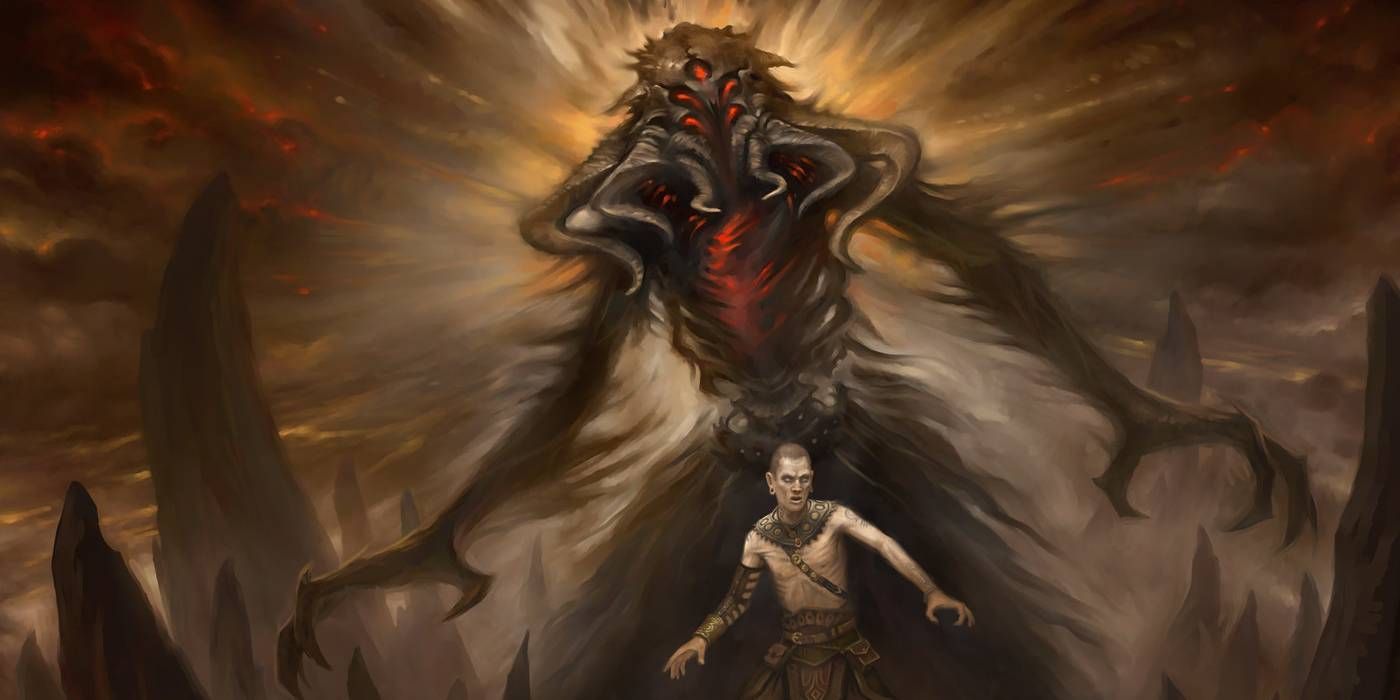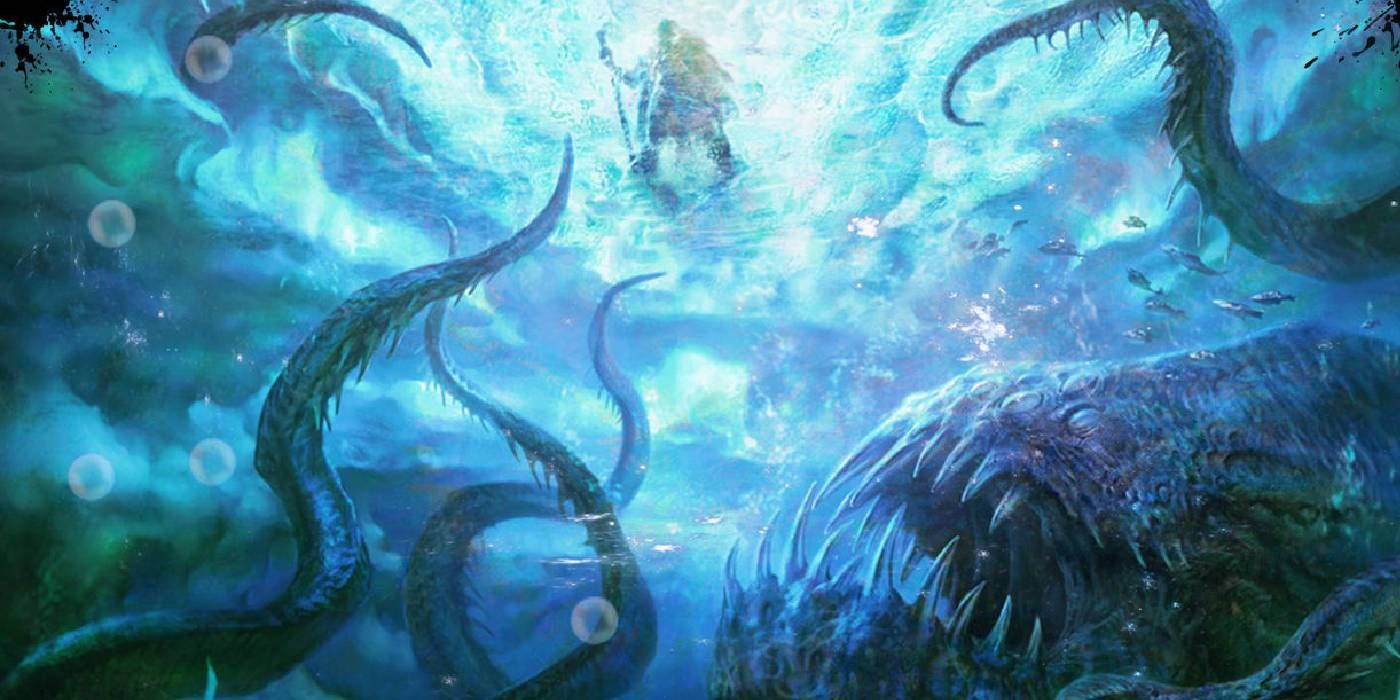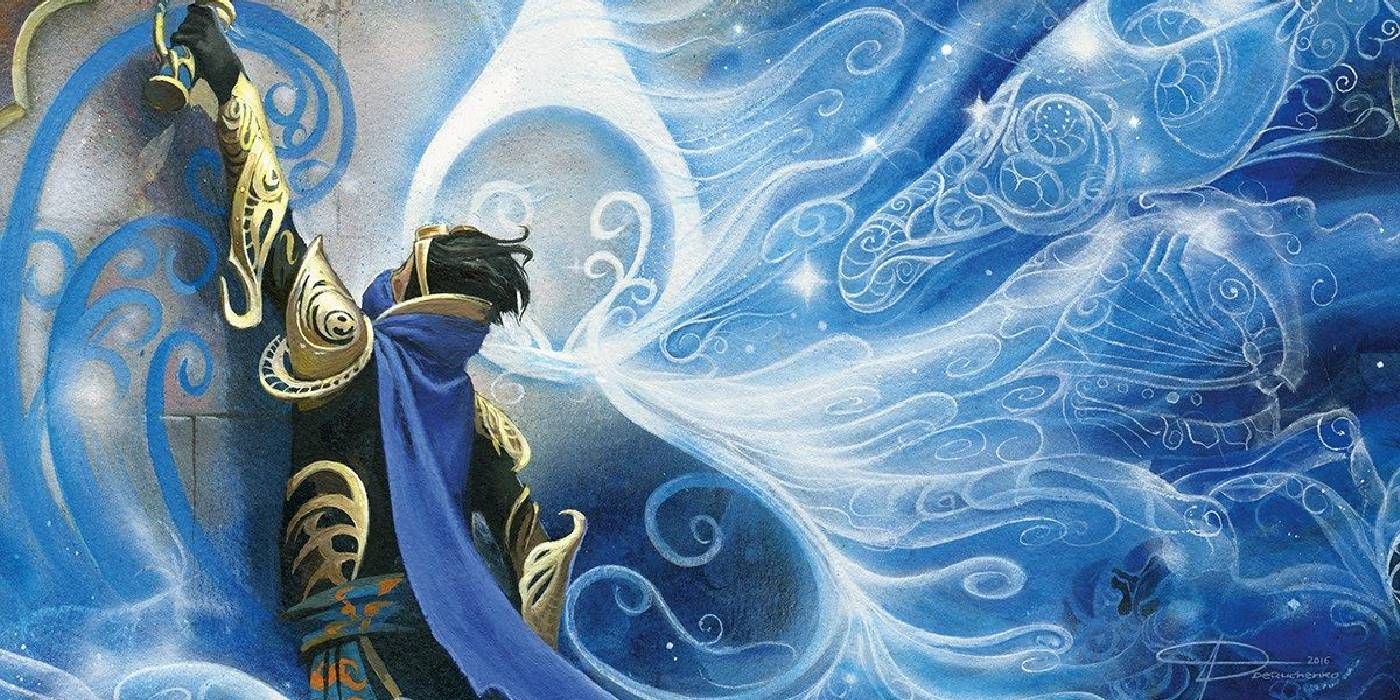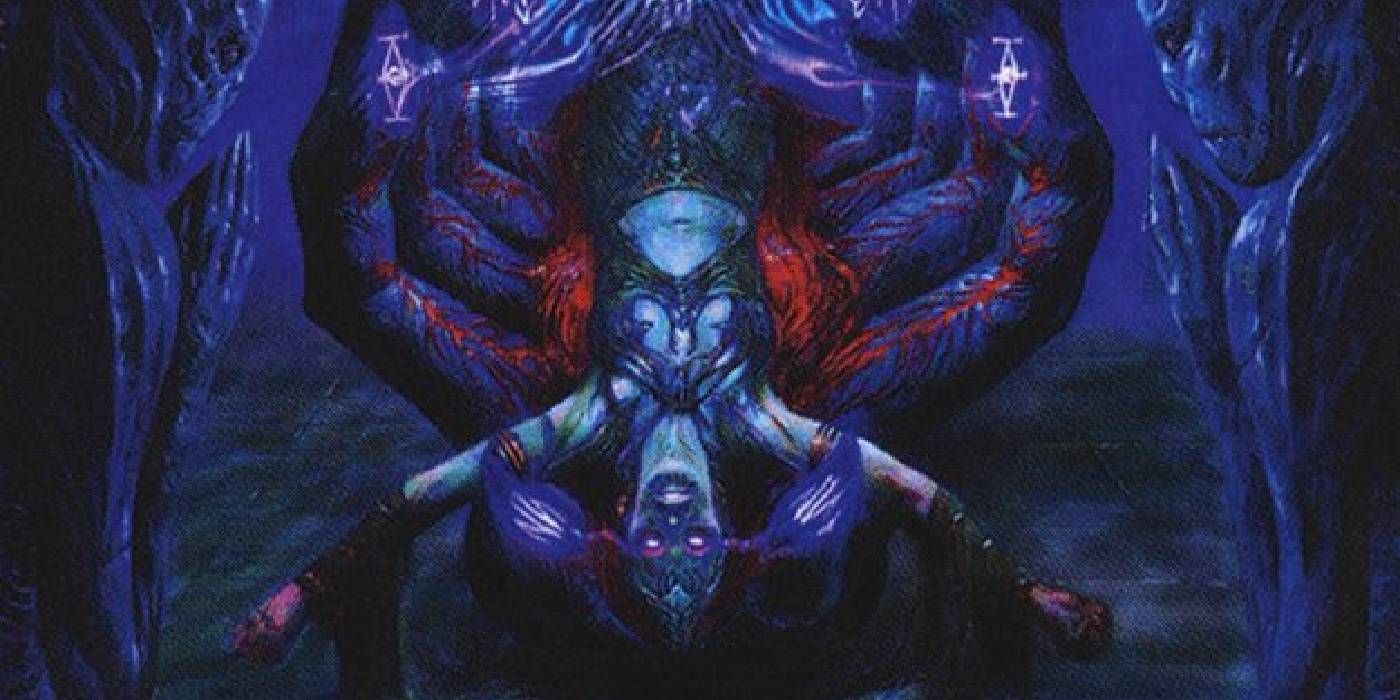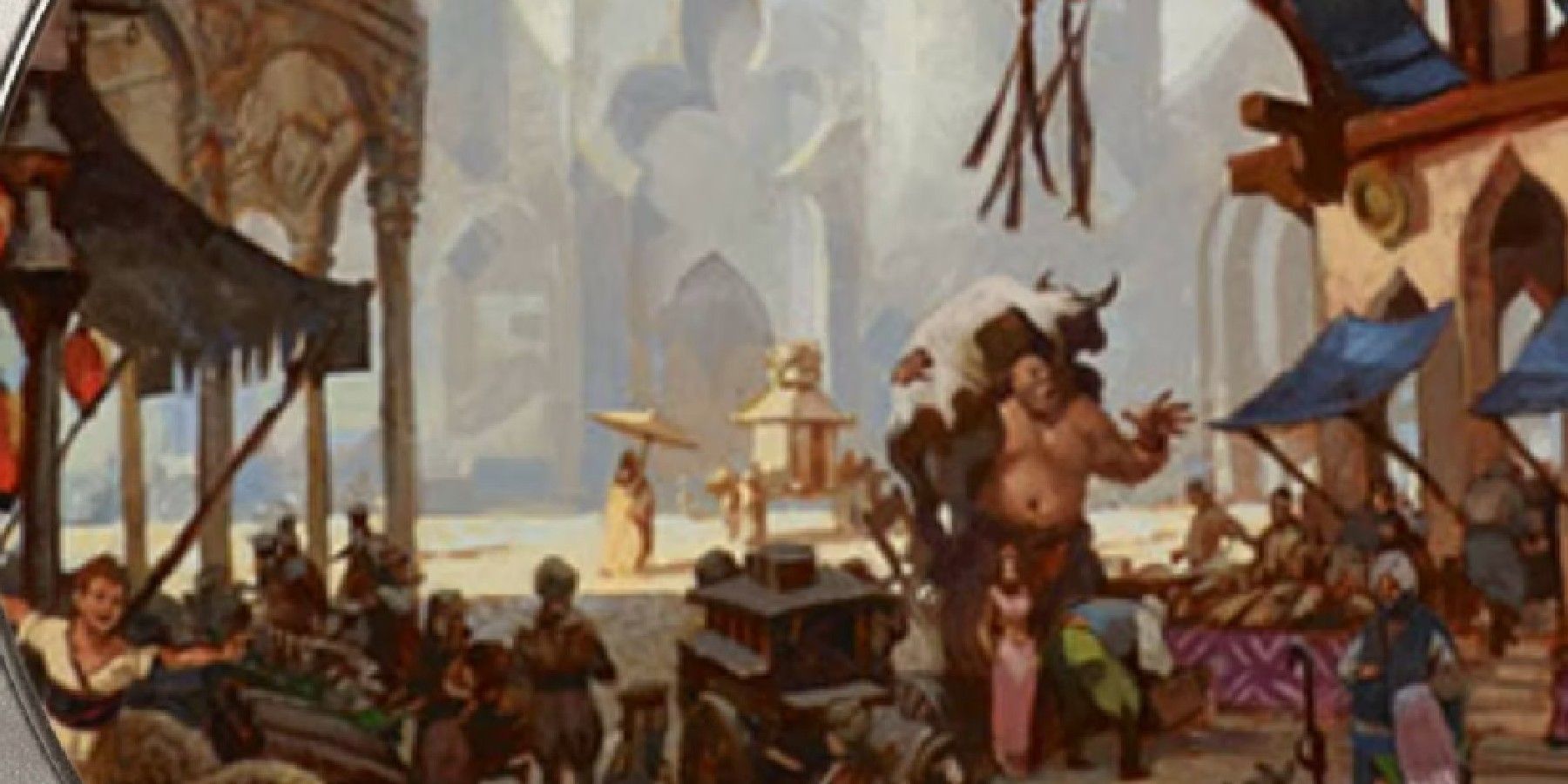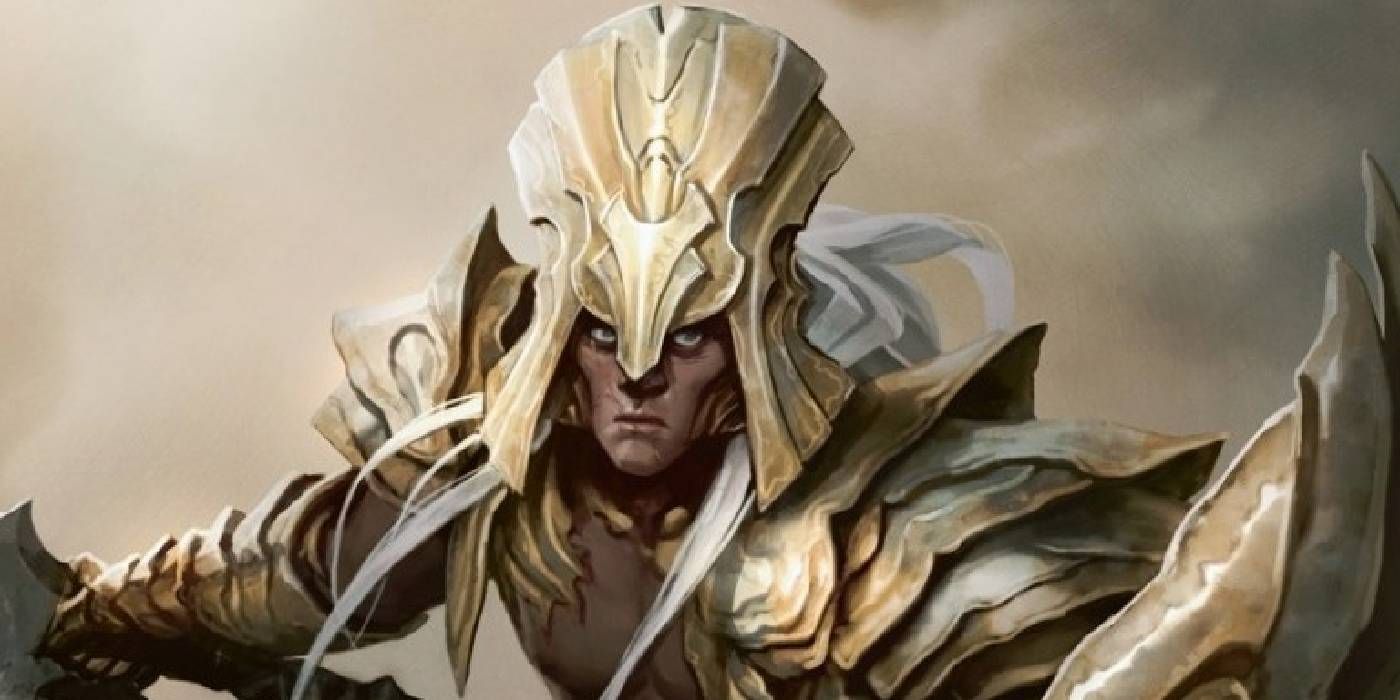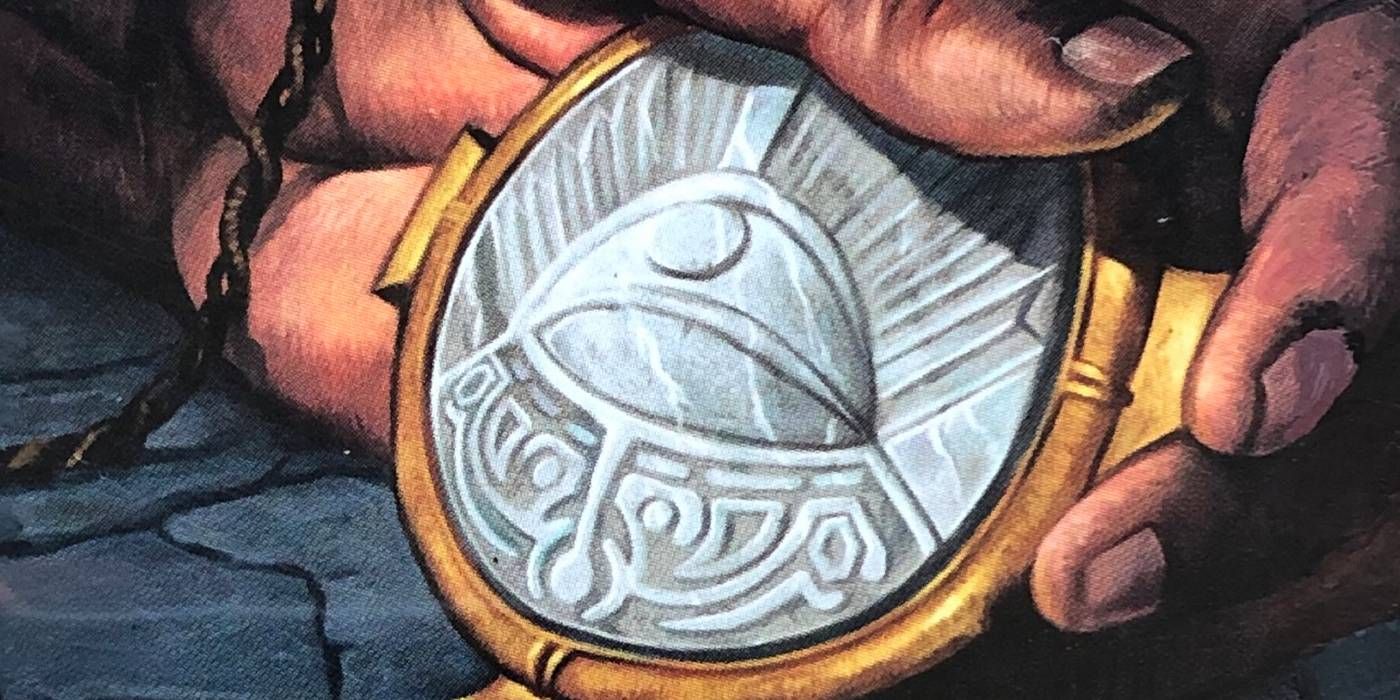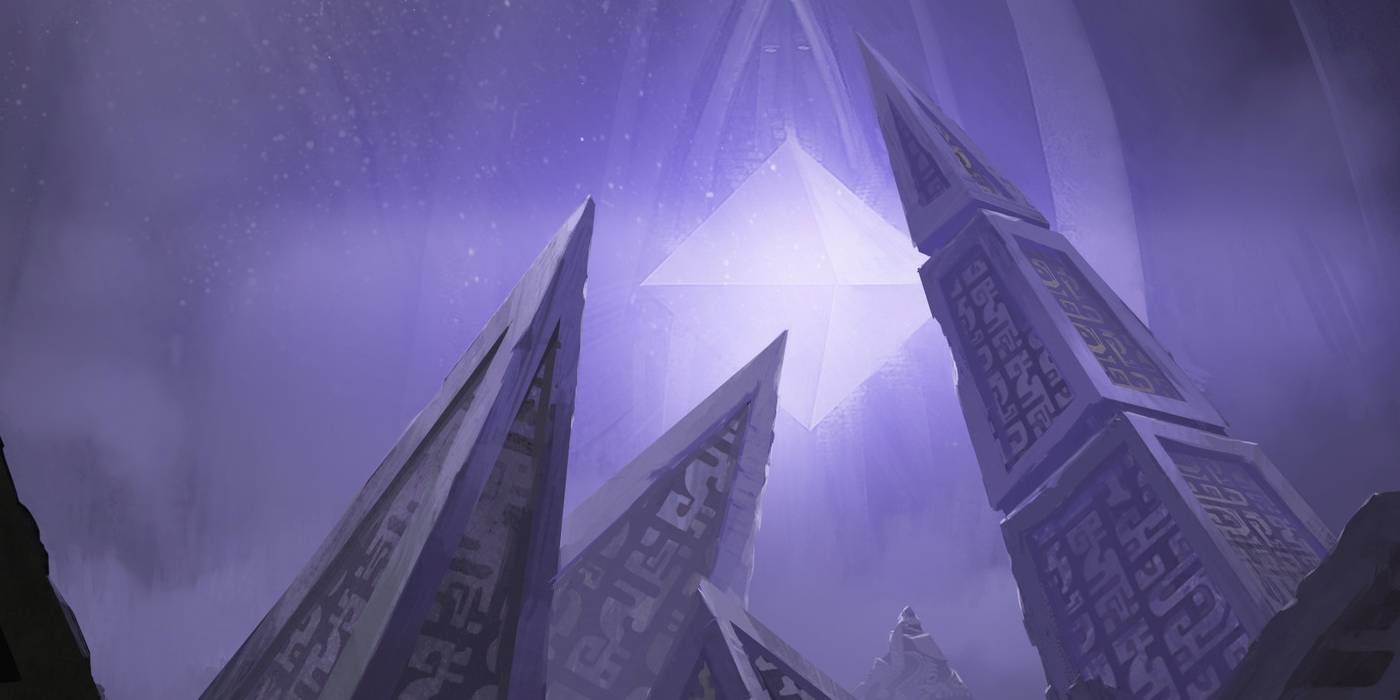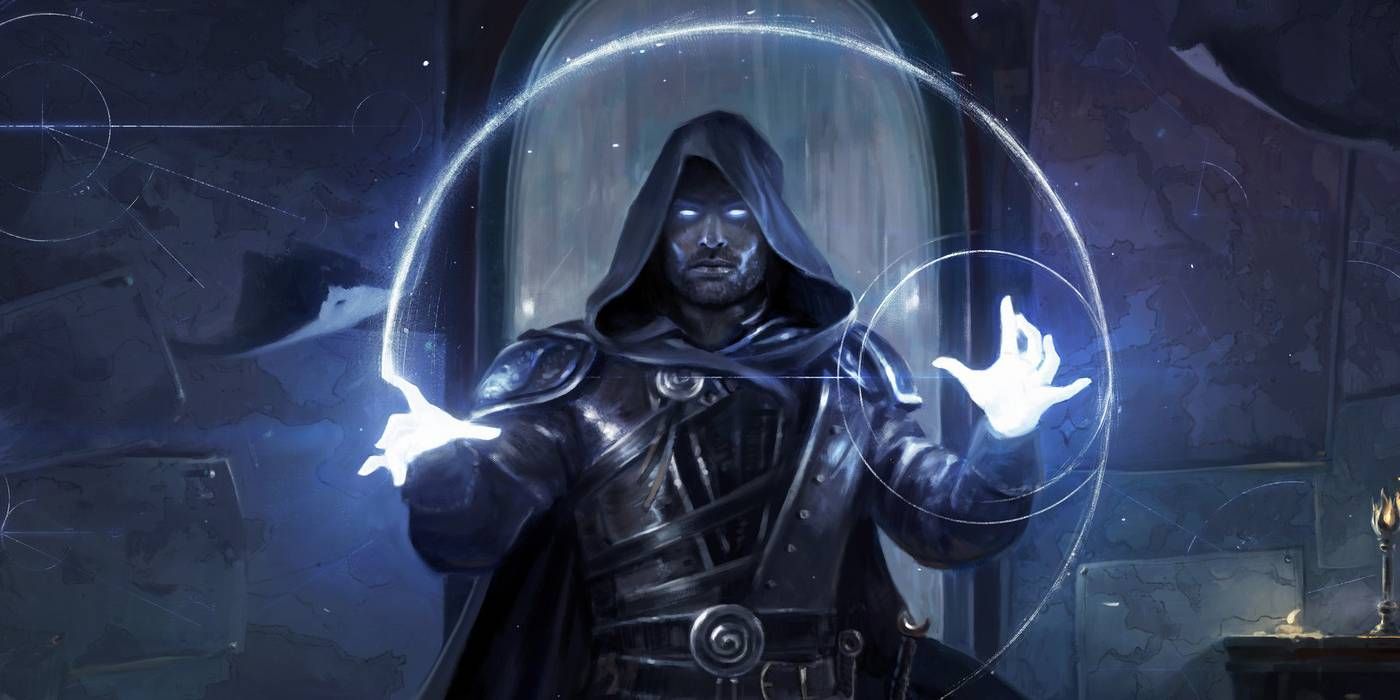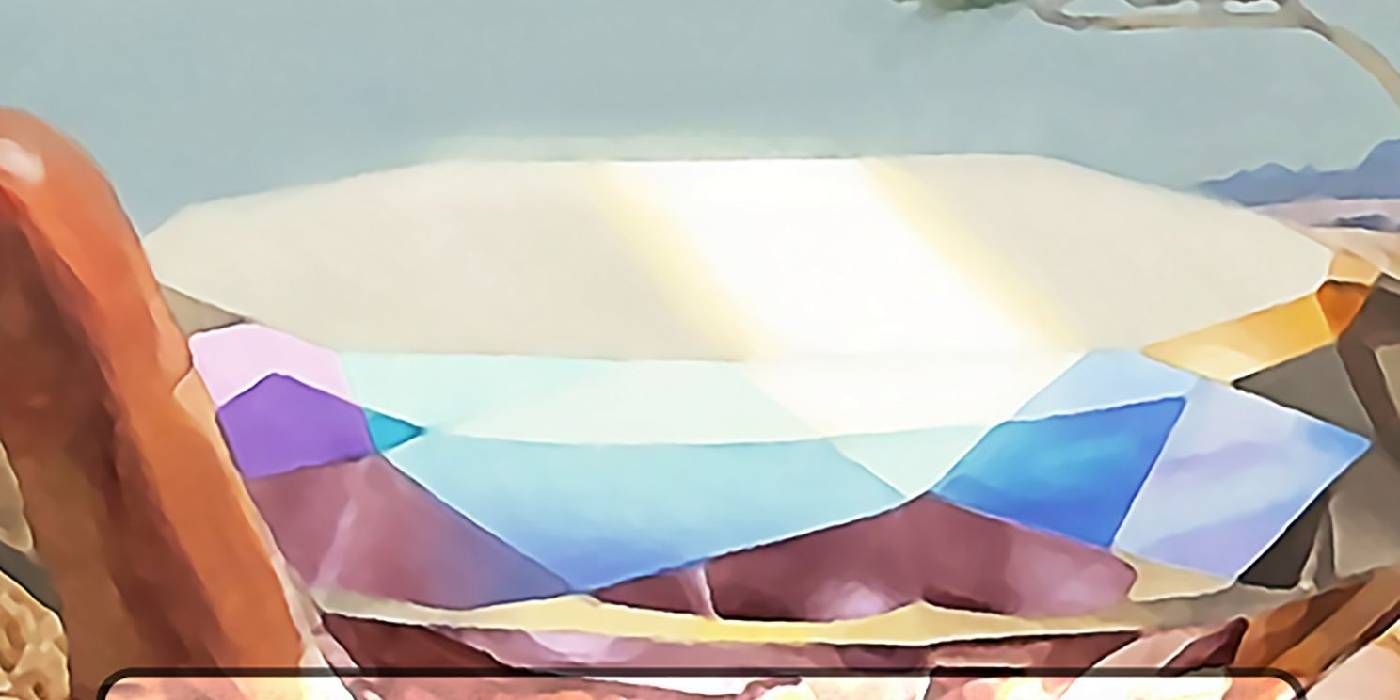In Magic: The Gathering, the release of new cards can sometimes lead once-awful cards to become stronger or more viable. This happens because new cards may introduce new mechanics, synergies, or strategies that can interact with older cards in unexpected ways, leading to new combinations and deck builds.
Old and new players alike must often adjust to MtG’s shifting formats. In that shift, many cards that people may have originally seen as complete pack-filler suddenly become meta-defining cards in their own right. Other times, they just become solid cards to pair with a new set. Either way, nobody can call these cards terrible when they were at the height of their surprising power.
Dark Depths
This legendary snow card has the ability to create a 20/20 Marit Lage token with flying and indestructible if its criteria are met. The criteria are that Dark Depths has no ice counters on it. It enters the battlefield with 10 ice counters placed on it and an ice counter is removed by spending 3 mana which, as expected, takes quite a bit of setup. This made Dark Depths a very unreliable win condition.
Dark Depths makes good on its aquatic horror the moment it turned into a powerful card, though, and the key card that made it viable was Vampire Hexmage, a cheap card that removed all counters from a target permanent. In essence, this turned Dark Depths from a glacially slow win condition to an early-game destroyer.
Indomitable Creativity
This card destroys X target creatures equivalent to the X amount of mana spent to cast it. For each target destroyed this way, the controller reveals cards from the top of their library until an artifact or creature is revealed. These cards are exiled and then put onto the battlefield, and the player then shuffles their deck. At the time of release, there weren’t enough artifacts to justify Indomitable Creativity’s high cost.
Much like Prototype cards in MtG, this showcases the power of artifacts in a competitive deck. In Modern decks, Indomitable Creativity has become a huge boon for control/disruption decks. It’s fascinating to consider just how long it was a bulk rare until the release of cards such as Archon of Cruelty and Fable, when it became truly oppressive.
Necropotence
This enchantment prevents the player from drawing a card during their draw step. Instead, each time they discard a card, it is exiled from their graveyard. They can also choose to exile the top card of their library face-down by paying 1 life. That card is returned to their hand at the start of their next end step.
Far more potent than any necromancy spell from D&D, this card wasn’t popular at first due to the presence of Black Vise, a hard counter. However, when that left Standard, Necropotence saw an explosion in popularity. Nowadays, with so many instant kill mechanics in MTG, the downsides of Necropotence are outweighed by how many cards it can cheat into the player’s hand.
Bazaar Of Baghdad
Bazaar of Baghdad is a simple enough card, as it allows the player to draw two cards and then discard three cards in their hand. At the time of release, many shunned it since losing three sure cards wasn’t worth the randomness of two cards. It remained this way until one of the most broken mechanics in Magic: The Gathering made its debut: the Dredge mechanic.
Dredge-based sorceries powered up this card to an incredible level, and discarding cards became no longer as bad for players. In fact, Dredge cards encouraged this behavior, and the fact that the Bazaar of Baghdad also doubles as a Land card meant that it was also fueling the spending of whatever cards drawn were. One mechanic made this fodder into a monster.
Puresteel Paladin
Puresteel Paladin states that whenever an Equipment enters the battlefield under the player's control, a card may be drawn. It also has a Metalcraft ability that states any Equipment the player controls has equip {0}, as long as they control three or more artifacts. Unlike other cards, Puresteel Paladin wasn’t necessarily terrible, but it was rather plain and didn’t shake the meta.
Paladins are no strangers to magic items, and the printing of Colossus Hammer turned this Paladin into a bonafide powerhouse. Puresteel Paladin is a showcase of how even unassuming but beautiful Magic The Gathering cards can suddenly gain tons of use if an even better card benefits from its existence. Nobody wants to fight the warrior with a +10/+10 magical hammer.
Amulet Of Vigor
This artifact makes it so that whenever a permanent enters the battlefield tapped under the player’s control, it gets untapped. While it wasn’t a bad effect per se, it was also very underwhelming and gimmicky. However, it’s fascinating what happens when two “weak” cards are suddenly paired. In this case, the paired card was none other than Summer Bloom.
The combo enabled 3 mana as early as turn 2. The moment Summer Bloom was banned, so too did Amulet of Vigor’s reign of terror on the meta. Amulet of Vigor was then given a potential counter in the form of the ultra-expensive Boseiju card, years later, but by then the damage had been done. Still, it remains a powerful card in any archetype that can use its unique mechanics properly. such as Amulet Titan decks.
Eye Of Ugin
When Summer Bloom-Amulet of Vigor decks were banned, a new one had to take its place. Another legendary land, Eye of Ugin, makes it so that colorless Eldrazi spells cost 2 less mana to cast. Additionally, if it’s tapped and the player spends 7 mana, they can search their library for a colorless creature card, reveal it, then put it into their hand. With cheaper Eldrazi spells came the much-feared “Eldrazi Winter,” as MtG veterans called it, a season of powerful Eldrazi decks.
Amusingly, Eye of Ugin was banned in Modern, meeting the same fate as the overpowered deck it replaced. As it turns out, making middling cards 2 mana cheaper made them far more powerful. Even better, it made already cheap Eldrazi spells practically free. While it wreaks havoc in other formats, the main competitive formats now rest easy not being under Eye of Ugin’s glare.
Rhystic Study
This is one of the biggest shifts from bad to good in MtG’s history. Originally, it was a 3 mana enchantment that allowed the controller to draw a card whenever the opponent casts a spell. The opponent can prevent this by paying an extra 1 mana. This tax effect was practically useless in 1v1 matches, as it was essentially 3 mana to skip a turn upon play.
The resurgence of Commander decks in MtG made this card a lot more valuable. The slower pace and extra targets meant that players were far more likely to see uses out of Rhystic Study. Unlike many cards that became good, Rhystic Study has never been banned in the format in which it flourished. Even now, many Rhystic Study cards exist to annoy as many Commander players as possible.
Death’s Shadow
Once seen as a ridiculously “high risk, more reward” card, Death’s Shadow is a 1 mana 13/13 creature that got -X/-X, where X is the controller’s life total. The unique thing about Death’s Shadow, however, is that it became overpowered without the use of any new cards. The breakthrough list was just homebrewed one day, and people suddenly realized how powerful it is.
Death’s Shadow is as good, if not better than the best MtG Planeswalker cards, and it isn’t a very fancy deck. It is a simple midrange powerhouse deck that oppressed the meta with raw power. It’s incredible how it took nearly a decade for this card to become broken, and that all it took was the right combination and players to make it possible.
Lion’s Eye Diamond
Lion’s Eye Diamond is a prime example of a gimmick card. It has an absurdly high upfront cost, sacrificing itself and the player’s entire hand to gain a measly 3 mana. There was no point owning it, and it was comically cheap during its many years of irrelevance. However, that all changed with the printing of a certain card: Yawgmoth’s Will.
Lion’s Eye Diamond became such a powerful card in MtG because Yawgmoth’s Will made all the discarded cards playable from the graveyard until the end of the turn. With 3 whole mana to play with, this meant Lion’s Eye Diamond suddenly became a strong enabler for powerful decks. It's a testament to how unpredictable Magic: The Gathering's meta can be.

